Industry News
-
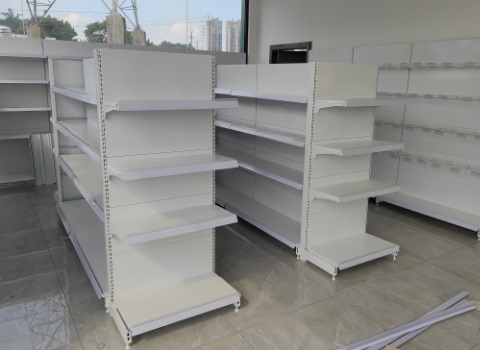
What Are the Shelves in Stores Called
When you walk into a supermarket, convenience store, pharmacy, or hardware shop, one of the first things you notice is how neatly products are organized. This is possible because of a specific type of retail shelving that dominates the industry. For store owners, merchandisers, and procurement ma...Read more -

How to Calculate Pallet Storage Costs
Efficient warehouse management requires a clear understanding of costs, and one of the most important factors is pallet storage costs. Whether you manage a small storage facility or a large distribution center, knowing how much it costs to store each pallet can help optimize your operations, impr...Read more -
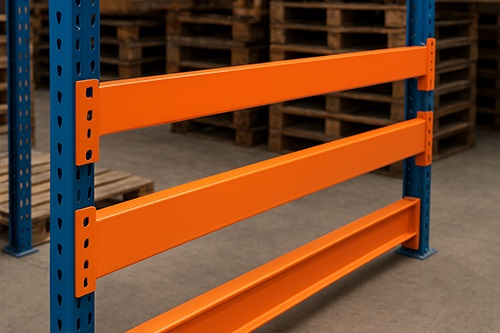
A Quick Guide to Pallet Rack Beam Types
When designing or upgrading a warehouse racking system, selecting the correct pallet rack beam type is a core engineering decision. Beams directly influence load capacity, rack stability, safety performance, and the long-term lifecycle cost of storage systems. This guide provides a technical over...Read more -
 Knowing the size of a pallet in feet is essential for efficient warehouse planning, transport optimization, and inventory management. Pallet dimensions vary by region, material, and application, but understanding the common standards helps you choose the right pallet for your storage or shipping ...Read more
Knowing the size of a pallet in feet is essential for efficient warehouse planning, transport optimization, and inventory management. Pallet dimensions vary by region, material, and application, but understanding the common standards helps you choose the right pallet for your storage or shipping ...Read more -
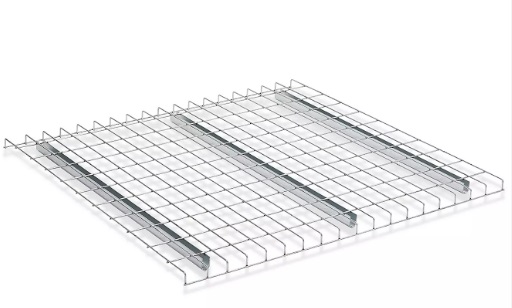
Wire Decking: Boost Warehouse Organization
In the bustling world of warehousing and logistics, efficient storage solutions are crucial for the smooth operation of any business. Wire decking can offer a multitude of benefits that traditional storage options simply can’t match. If you’ve ever dealt with warehouse headaches—like damage...Read more -
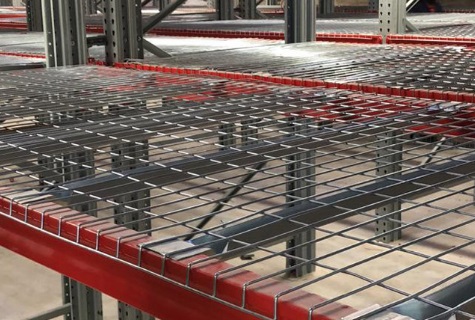
What Are the Advantages of Wire Mesh Decking
In warehouses, logistics centers, retail stores, workshops, and factories, maximizing space utilization, improving storage efficiency, and ensuring the safety and convenient access to goods are key concerns for every manager. Wire mesh decking, a next-generation storage solution, is becoming the ...Read more -
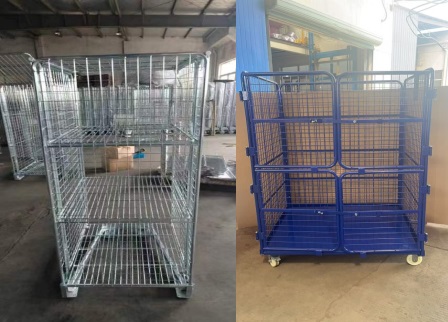
Slash Handling Time and Boost Efficiency- Heavy-Duty Rolling Trolley
In busy warehouses, every minute wasted on moving heavy loads or fixing equipment downtime eats into productivity. For managers tired of staff struggling with manual lifting, delayed inventory transfers, or flimsy trolleys that break under pressure, the Warehouse Heavy-Duty Rolling Trolley is a g...Read more -
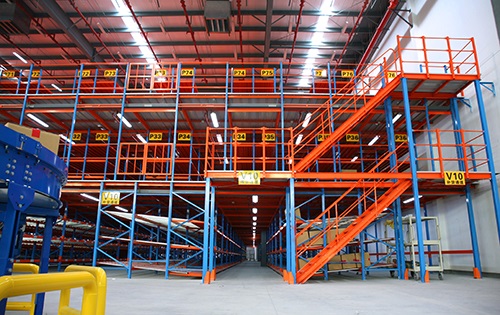
How Much Does a Warehouse Mezzanine Cost
Expanding warehouse space doesn’t always mean constructing a new building. For many businesses, a warehouse mezzanine is a smart, cost-effective way to add usable floor area without relocating or undergoing major renovations. But before you invest, it’s essential to understand the cost of a wareh...Read more -
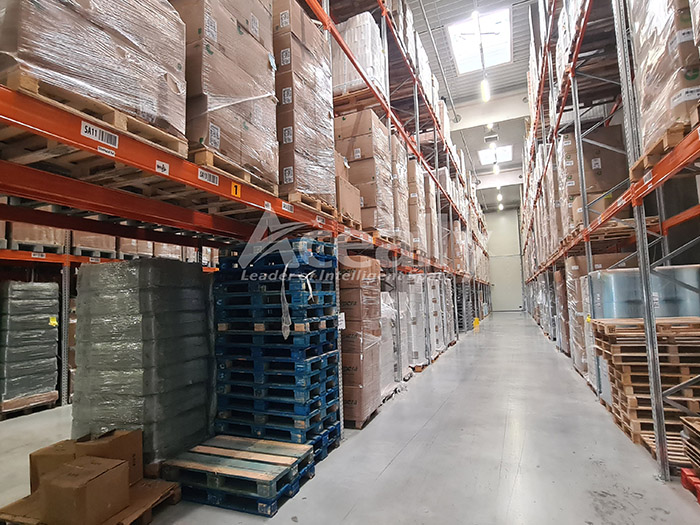
Should I Buy Second Hand Racking
Warehouse racking is the backbone of any storage facility, ensuring that goods are stored efficiently and safely. When expanding or setting up a warehouse, some businesses may be tempted to buy second-hand racking to save costs. While the upfront savings can be appealing, choosing the right racki...Read more -
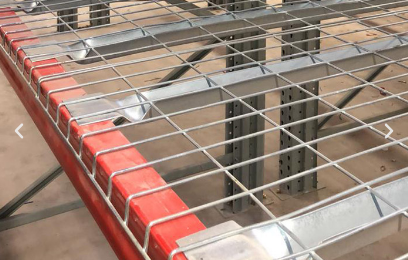
Best Pallet Rack Decking Options for Warehouses
Selecting the right pallet rack decking is essential for any warehouse operation. Decking not only provides support for your inventory but also ensures safety, organization, and efficient use of storage space. Choosing the wrong type of decking can lead to damaged products, unstable racks, and op...Read more -
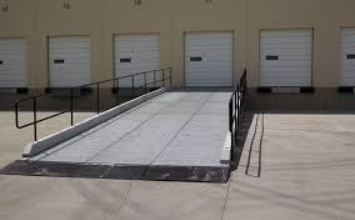 Loading dock ramps are an essential part of warehouse and logistics operations, providing the critical connection between trucks and storage areas. While they improve efficiency, improper use of ramps can lead to accidents, product damage, and injuries. Understanding the proper slope, forklift op...Read more
Loading dock ramps are an essential part of warehouse and logistics operations, providing the critical connection between trucks and storage areas. While they improve efficiency, improper use of ramps can lead to accidents, product damage, and injuries. Understanding the proper slope, forklift op...Read more -
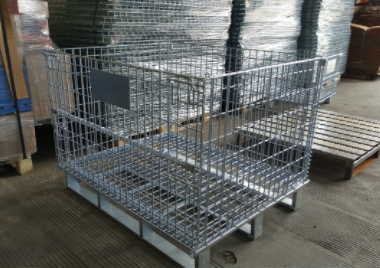
What is Stillage Cage: Storage Solutions for Warehouses
A stillage cage is a vital storage solution widely used in warehouses, logistics, and industrial facilities. Designed to protect, organize, and transport goods efficiently, stillage cages play a crucial role in modern material handling. Whether you’re managing automotive parts, electronics, or bu...Read more
